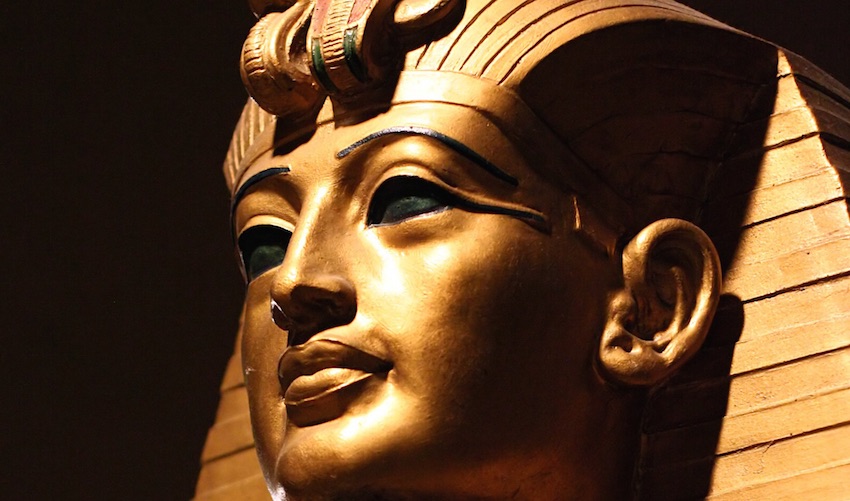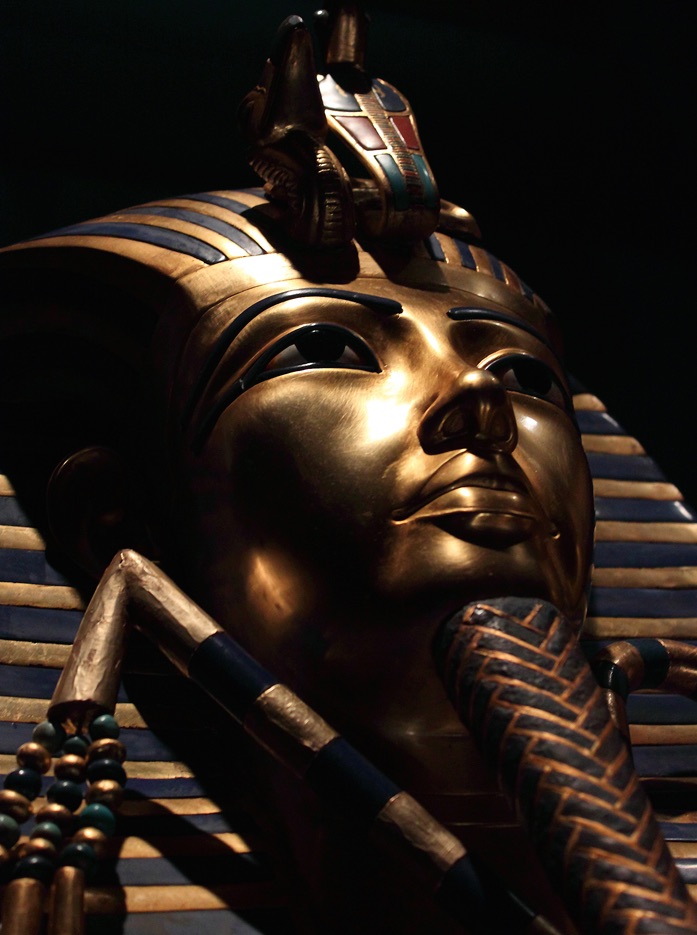New Scans of King Tut's Tomb May Reveal Hidden Burial Chamber

On April 2, a new series of radar scans will be performed on King Tutankhamun's tomb to search for hidden chambers that may contain an undiscovered royal burial, Egypt's antiquities ministry has announced.
The announcement comes after stories were published in numerous media outlets last week claiming that Egypt's tourism minister, Hisham Zazou, had told the Spanish news outlet ABC that the chambers had been proven to exist and contain numerous treasures.
"The Ministry of Antiquities has not issued any statement concerning the results that have been reached so far," the ministry said in a statement released to Live Science. "Further radar examinations will be performed on April 2, and a press conference will be held afterwards to announce the results of the scan." [See Photos of King Tut's Mummy & His Burial]
Last year, University of Arizona Egyptologist Nicholas Reeves published findings suggesting that there are hidden chambers behind a wall in Tutankhamun's tomb. These chambers, he believes, hold the burial of Queen Nefertiti, the wife of Akhenaten, a pharaoh who was Tutankhamun's father.
"We could be faced, for the first time in recent history, with the intact burial of an Egyptian pharaoh in the Valley of the Kings," Reeves told Live Science last year.
Scans performed by Factum Arte, a company commissioned to scan Tutankhamun's tomb, show unusual lines and abnormalities in the plaster of the tomb, Reeves said, adding that these features indicate that a wall was built over a doorway in ancient times.
Some of the artifacts in Tutankhamun's tomb were originally made for Nefertiti but were buried with Tutankhamun after the boy king's death, Reeves found.
Get the world’s most fascinating discoveries delivered straight to your inbox.
Radar scans performed on the tomb last year suggest that a void could exist behind the wall. Egypt's former antiquities minister, Zahi Hawass, urged that the claims be viewed cautiously. He noted that the geology of the Valley of the Kings can lead radar to produce false positives showing a tomb when, in fact, there is only a natural feature.
Reeves did not immediately respond to Live Science's requests for comment on the latest developments.
Tourism disaster
Tourism has long been a major industry in Egypt. Since the revolution that toppled former Egyptian President Hosni Mubarak in 2011, Egypt's tourism industry has struggled, archaeologists have told Live Science. The political instability over the past five years has meant that the number of visitors to Egypt has yet to return to its prerevolution levels.
Additionally, recent terrorist attacks — including the bombing of a Russian plane in the Sinai Desert, an attack carried out by the Islamic State group, or ISIS — have made it difficult for the Egyptian government to convince tourists that the country is safe to visit, according to these archaeologists.
Egyptian officials hope that, if a hidden tomb is discovered, it will spur tourists to return to Egypt, bringing badly needed revenue and jobs to the country.
Follow Live Science @livescience, Facebook & Google+. Original article on Live Science.

Owen Jarus is a regular contributor to Live Science who writes about archaeology and humans' past. He has also written for The Independent (UK), The Canadian Press (CP) and The Associated Press (AP), among others. Owen has a bachelor of arts degree from the University of Toronto and a journalism degree from Ryerson University.



